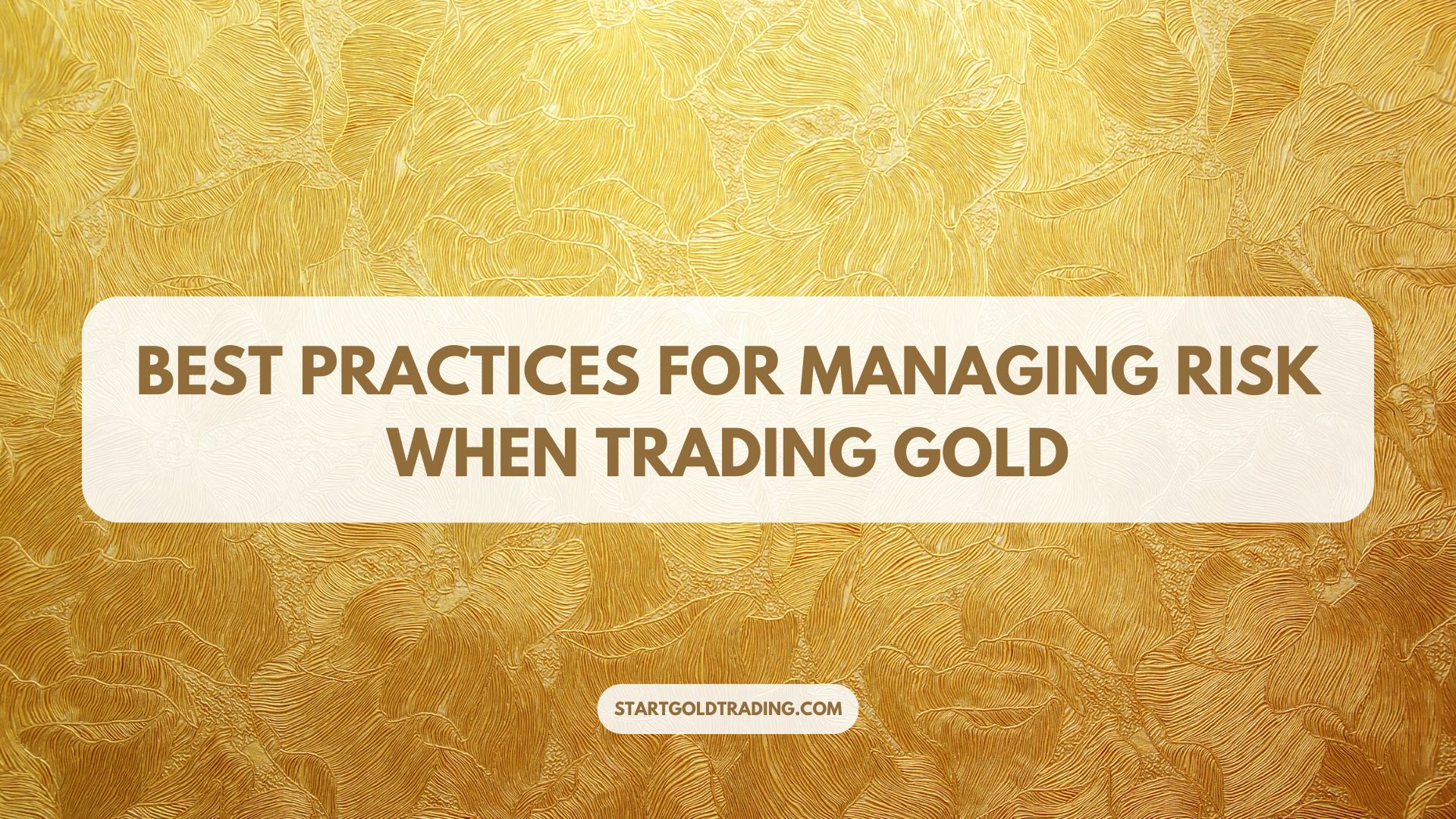Gold trading can be profitable, but it also carries inherent risks due to market volatility. Implementing effective risk management strategies is crucial for protecting capital and maximizing long-term gains. This guide covers the best practices for managing risk, including diversification, stop-loss orders, and regular monitoring of market conditions.
1. Diversification: Spreading Investment Across Various Assets to Mitigate Risk
Diversification is one of the most effective ways to manage risk in gold trading. By investing in a variety of assets, traders can reduce exposure to any single market movement.
Why Diversification is Important
- Reduces Risk Exposure: Holding multiple asset classes protects against sudden gold price drops.
- Balances Portfolio Volatility: Different assets react differently to economic events, smoothing portfolio fluctuations.
- Enhances Long-Term Stability: A well-diversified portfolio is less likely to suffer significant losses from a single market event.
How to Diversify When Trading Gold
- Invest in Precious Metals: Combine gold with silver, platinum, and palladium.
- Trade Across Markets: Include stocks, ETFs, and forex to balance risk.
- Use Different Gold Instruments: Trade gold futures, spot gold, and gold mining stocks for varied exposure.
2. Stop-Loss Orders: Using Stop-Loss Orders to Limit Potential Losses
A stop-loss order is an essential tool for managing risk by automatically closing a trade when prices reach a predetermined level.
Benefits of Stop-Loss Orders
- Limits Losses: Prevents significant capital erosion by setting an exit point.
- Reduces Emotional Trading: Traders avoid impulsive decisions driven by fear or greed.
- Ensures Discipline: Maintains consistency in risk management strategy.
Types of Stop-Loss Orders
| Stop-Loss Type | Description |
|---|---|
| Fixed Stop-Loss | A predetermined price level where a trade is automatically closed. |
| Trailing Stop-Loss | Adjusts dynamically with price movements, locking in profits while limiting risk. |
| Time-Based Stop-Loss | Closes a trade after a set period, preventing unnecessary exposure. |
Best Practices for Using Stop-Loss Orders
- Set stop-losses at key support/resistance levels to minimize premature exits.
- Use a risk-reward ratio of at least 1:2 to ensure profitable trades.
- Adjust stop-loss levels based on market volatility and economic events.
3. Regular Monitoring: Keeping a Close Watch on Market Conditions and Adjusting Strategies
The gold market is highly influenced by economic, political, and financial events. Regular monitoring is essential for staying ahead of price fluctuations and adjusting strategies accordingly.
Key Factors to Monitor
- Economic Indicators: Track inflation reports, GDP data, and interest rate decisions.
- Geopolitical Events: Wars, trade disputes, and policy changes impact gold prices.
- Market Trends: Use technical analysis to identify support and resistance levels.
How to Stay Updated
- Follow financial news platforms like Bloomberg, Reuters, and CNBC.
- Use economic calendars to track upcoming announcements affecting gold.
- Set up price alerts and automated trading tools for real-time market updates.
Conclusion
Managing risk in gold trading requires a strategic approach, including diversification, stop-loss orders, and continuous market monitoring. By implementing these best practices, traders can mitigate losses and maximize potential gains.
🚀 Ready to trade gold successfully? Apply these risk management techniques to protect your investments and enhance your trading strategy!

